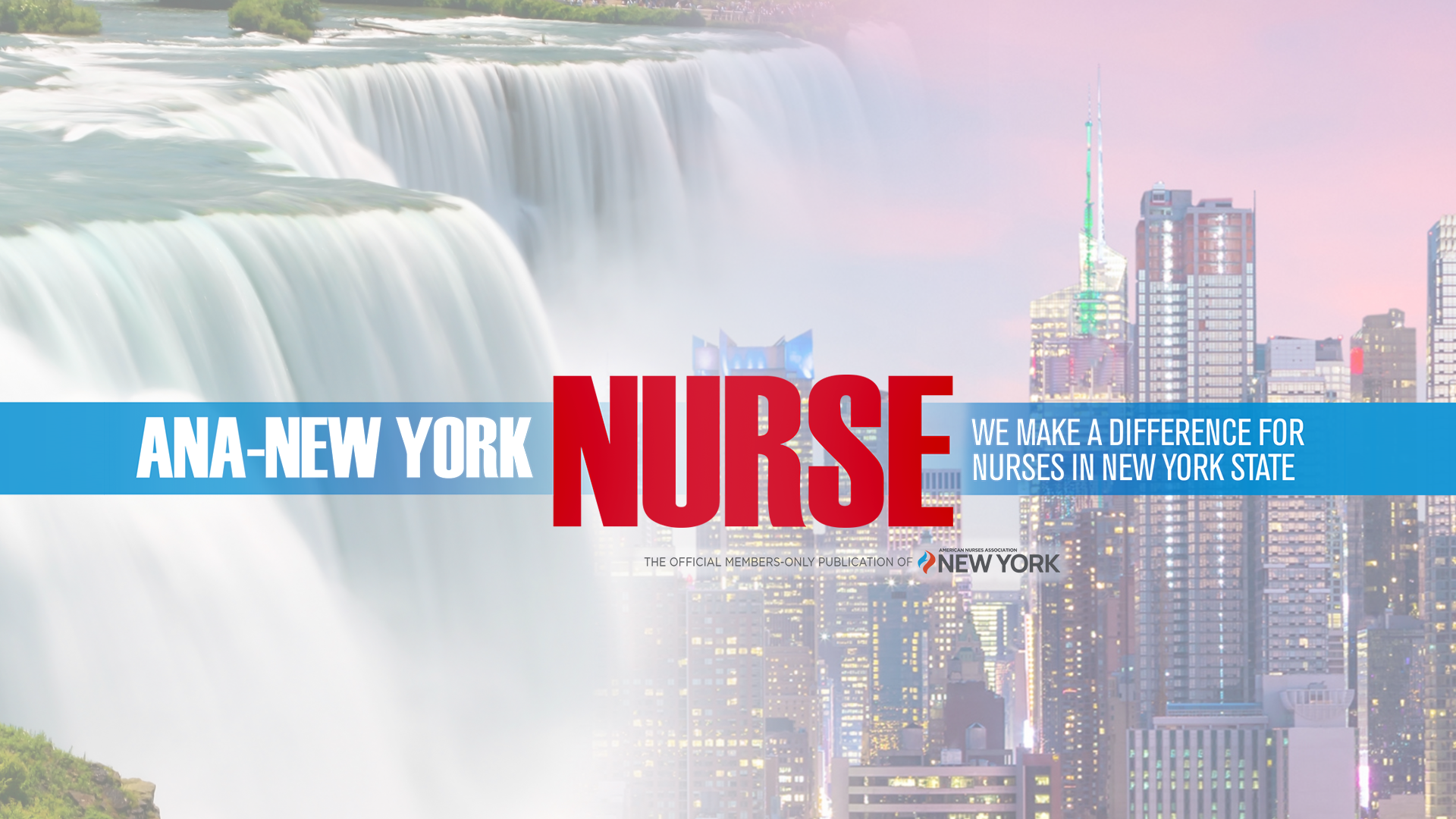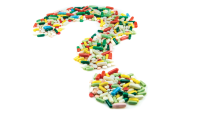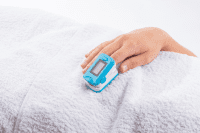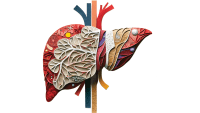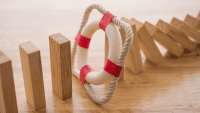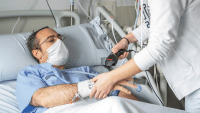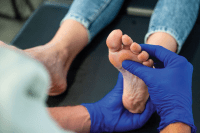No Kidding!
 When I was going through nursing school it was drilled into our heads that long polished or artificial nails were only for our days off and if we broke that rule, every patient we touched would certainly die. Ok, so maybe my professors didn’t say that directly, but I certainly thought that after taking microbiology. I then made it a habit to keep my nails short and unpolished, leaving me to spend my shift bonuses on other items like Danskos- a habit that still remains. But now as I take nursing students into clinical agencies, I see artificial nails, painted nails, and some even being longer than ¼ inch- the horror! Was there a memo I missed that germs no longer view long nails and chipped polish as a Florida condominium during peek season? Let’s see what the literature and it’s exaggeratory uncle, Google, has to say.
When I was going through nursing school it was drilled into our heads that long polished or artificial nails were only for our days off and if we broke that rule, every patient we touched would certainly die. Ok, so maybe my professors didn’t say that directly, but I certainly thought that after taking microbiology. I then made it a habit to keep my nails short and unpolished, leaving me to spend my shift bonuses on other items like Danskos- a habit that still remains. But now as I take nursing students into clinical agencies, I see artificial nails, painted nails, and some even being longer than ¼ inch- the horror! Was there a memo I missed that germs no longer view long nails and chipped polish as a Florida condominium during peek season? Let’s see what the literature and it’s exaggeratory uncle, Google, has to say.
I found a few studies on infection rates and fingernails focusing on the Neonatal Intensive Care Unit (NICU), such as the 2000 study by Moolenaar et. al that concluded that a Pseudomonas aeruginosa bloodstream outbreak on a NICU was linked to three nurses. One nurse had long natural fingernails, one had long artificial fingernails, and another had short natural fingernails (Moolenaar et. al, 2000). A potential link, but ultimately serving as a solemn reminder of how important vigilant handwashing practices are. Most of the research is old, but now there are additional artificial nail options, such as gel or powder dip which has increased the research pot a bit. Hewlett and colleagues (2018) found that in 741 cultures, gel polish didn’t show an increase in the number of microorganisms when compared to natural nails or standard polish, yet all three types (natural nails included) showed more bacteria growth over time. Due to the hard, smooth texture of gel nails it doesn’t chip easily like traditional polish, which is key to handwashing by eliminating additional nooks and crannies. However, a letter to the editor in the Journal of the American Academy of Dermatology in 2020 urged all healthcare workers to abstain from artificial or lengthy nails all together during the COVID-19 pandemic to limit the spread. It also pointed out another rule I am seeing go by the wayside: jewelry. Rings are another item that can impede proper handwashing. A 2016 study by Baylor Scott and White Health found that “…20% of jeweled rings carried a high amount of harmful bacteria…including methicillin-resistant Staphylococcus aureus”.
While I didn’t find any specific studies listing powder dip for nails regarding nursing, I experienced it myself and won’t go back. While preparing for a well-deserved vacation and partially because of peer pressure, I got my nails done trying the powder dip option where the manicurist dipped my entire finger into a large container of powder followed by a polish and UV light to solidify it. While I know I washed my hands, it was anyone’s guess of how many other fingers were in that vat and if any of them sang happy birthday twice while washing their hands before getting their nails done. As it was happening, my mind was swirling. What if they bite their nails? Ugh, now there are mouth germs in the powder too. Nope, never again. If you want a dramatic story and a gnarly picture from someone who got a nail infection from this process, check out Bethany’s story at https://www.health.com/condition/skin-conditions/dip-powder-manicure-infection
Our friends at The Joint Commission (2021) actually summarized it best by saying “the CDC guidelines say that health care personnel should not wear artificial nails and should keep natural nails less than one quarter inch long if they care for patients at high risk of acquiring infections (e.g. patients in intensive care units or in transplant units). The WHO guidelines prohibit artificial nails and extenders for all healthcare workers”. We all get to have lives and our occupation shouldn’t limit how we express who we are, but we do have to remind ourselves of the immense patient protection responsibility that is in (or literally on) our hands. My advice? Don’t cut corners while washing your hands, choose your nail style and jewelry carefully with maintenance and hand washing practicality in mind, and don’t double dip (at parties or nail salons).
References
Baylor Scott and White Health. (2016, April 20). Engagement rings carry dangerous bacteria, nurse researchers find. https://www.bswhealth.com/blog/engagement-rings-carry-dangerous-bacteria
Hewlett, A., Hohenberger, H., Murphy, C., Helget, L., Hausmann, H., Lyden, E., Fey, P., & Hicks, R. (2018). Evaluation of the bacterial burden of gel nails, standard nail polish, and natural nails on the hands of health care workers. American journal of infection control, 46(12), 1356–1359. https://doi.org/10.1016/j.ajic.2018.05.022
Moolenaar, R., Crutcher, J., Joaquin, V., Sewell, L., Hutwagner, L., Carson, L., Robinson, D., Smithee, L. & Jarvis, W. R. (2000). A prolonged outbreak of Pseudomonas Aeruginosa in a Neonatal Intensive Care Unit: Did staff fingernails play a role in disease transmission? Infection Control & Hospital Epidemiology, 21(2), 80–85. doi:10.1086/501739
The Joint Commission (2021, October 9). CDC or WHO- artificial nails and gel. https://www.jointcommission.org/standards/standard-faqs/ambulatory/national-patient-safety-goals-npsg/000001558/
Wu, A. & Lipner, S. (2020, September). A potential hidden reservoir: The role of nail hygiene in preventing transmission of COVID-19. Journal of the American Academy of Dermatology, 83(3). DOI:https://doi.org/10.1016/j.jaad.2020.05.119

